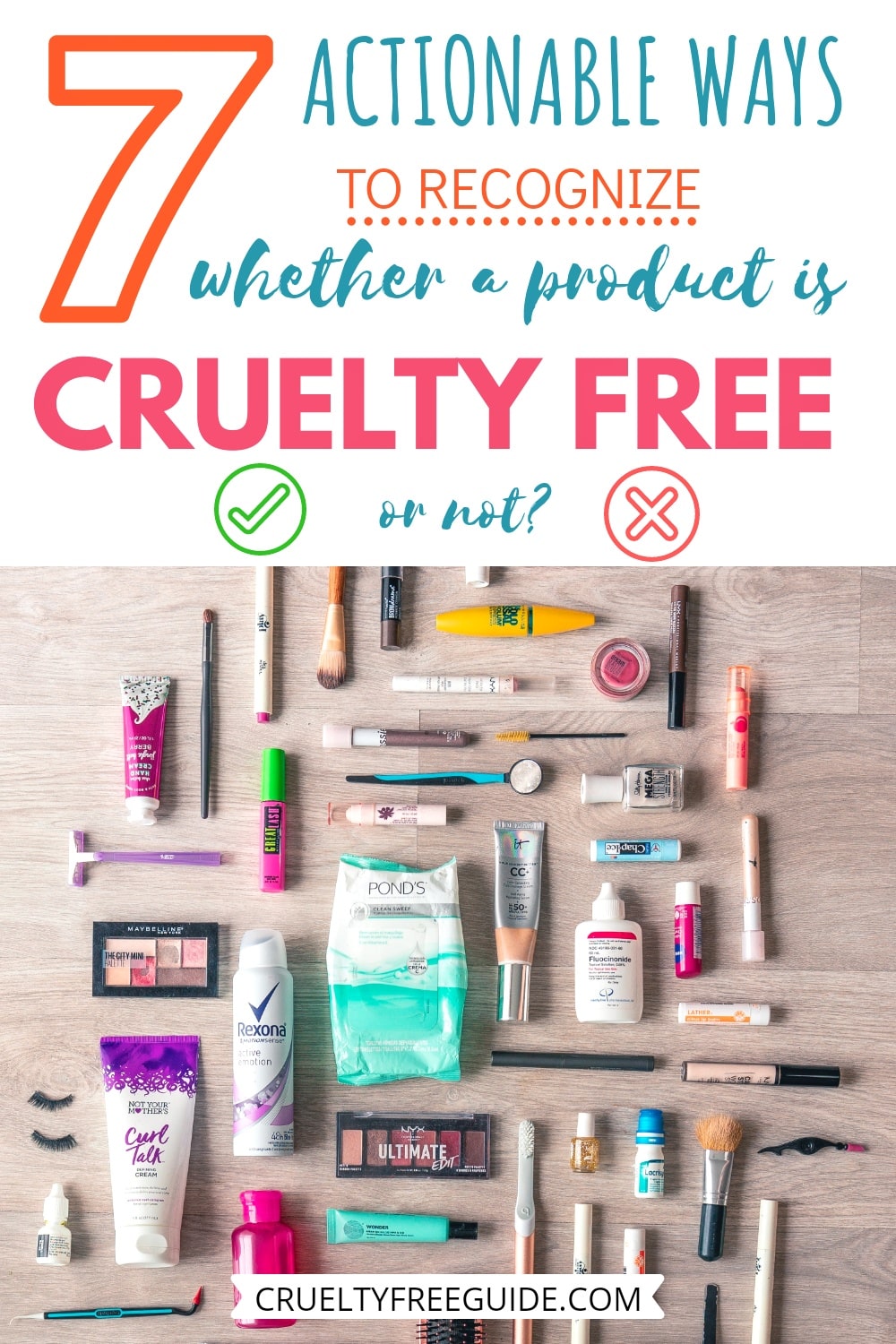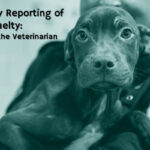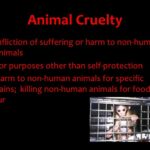In the vast bazaar of modernity, cosmetics glimmer like jewels displayed under the bright lights of an opulent jewelry store. They promise beauty, allure, and confidence. However, lurking beneath this facade of glamour lies a darker narrative, woven from tales of suffering and exploitation. The allure of our beauty routines often obscures the shadows cast by the animal victims of this industry. As consumers, it is imperative to unravel the intricate tapestry of our cosmetic choices and scrutinize the hidden pain behind our pursuit of beauty.
The cosmetics industry is a colossal apparatus, generating billions of dollars annually. It thrives on the speculation that beauty can be augmented, enhanced, or even perfected. Yet, amidst the marketing glitz and persuasive advertisements lurks a grim reality—an unspoken truth that many brands prefer to shroud in silence. The Animal Welfare Institute estimates that over 100 million animals suffer and die each year due to cosmetic testing and production practices. This disconcerting statistic invites us to question: at what cost does our vanity come?
In the quest for flawless skin or vibrant color palettes, animals, primarily rabbits, mice, and rats, are caught in the crossfire. Residing in dimly lit laboratories, they become unwitting participants in a harrowing ballet of experimentation. From the notorious Draize Test to LD50 (lethal dose for fifty percent), these procedures subject animals to painful and often fatal conditions. Each application, each drop of product, is a reminder of the vast abyss separating mankind from sentient beings. They endure agony not for the pursuit of scientific advancement but for the promise of human vanity.
As a society, we have been conditioned to accept the status quo—the idea that beauty necessitates sacrifice. However, the metaphor of the proverbial scales of justice tilts alarmingly. We might adorn ourselves with exquisite lipsticks or shimmering eyeliners, yet with every application, there is a cost: the dignity and lives of voiceless creatures. The image of lab animals, stripped of autonomy and agency, serves as a poignant counterpoint to our desires for enhancement.
Nevertheless, an awakening is rippling through the fabric of consumer consciousness. Increasingly, individuals are casting their gaze toward cruelty-free products, seeking assurance that their beauty regimens do not come at the expense of innocent lives. The demand for ethical alternatives is more than just a fleeting trend; it is a movement aimed at catalyzing systemic change within the industry. Brands like Urban Decay, Too Faced, and Tarte proudly display their commitment to cruelty-free practices, offering consumers the opportunity to choose compassion over cruelty.
The cruelty-free emblem on a product acts as a beacon—a promise of ethical sourcing and humane treatment. However, the labyrinth of labeling can be complex. Terms like “not tested on animals,” “vegan,” and “ethical sourcing” can sometimes mislead even the conscientious consumer. Understanding these phrases and their implications is essential in making informed choices. For instance, a product may not be tested on animals, yet it could still source ingredients from suppliers that may engage in unethical practices. A discerning eye and thorough research should guide those striving to make ethical decisions.
Yet, to liberate cosmetics from the shackles of animal testing demands more than merely switching brands. It necessitates a paradigm shift in societal attitudes towards beauty. The aesthetics industry must confront its reliance on animals as mere commodities. By fostering an ethos of respect and compassion for all living beings, we can reimagine what beauty represents. It transforms from an objectified ideal to a tribute to nature’s artistry—one that celebrates individuality and authenticity.
The plight of animals in the cosmetics industry reflects a broader conundrum: our insatiable appetite for perfection. With each swipe of mascara or dab of foundation, we inadvertently perpetuate a cycle of cruelty that resembles the very nature of vanity itself—a mirage that evaporates as soon as we glance away. To reconcile this irony requires profound introspection, an intentional examination of our values and choices. The realization that we have the power to influence change—the capacity to choose cruelty-free alternatives—can become a transformative realization.
Moreover, the journey toward cruelty-free living extends well beyond the bathroom vanity; it calls for activism and solidarity in fostering a culture of awareness. Through social media, grassroots movements, and educational initiatives, advocates can amplify the voices of those unable to speak for themselves. The metaphorical garden of compassion can flourish when cultivated by conscientious individuals committed to challenging systemic injustices within the cosmetics landscape.
In this age of information, access to knowledge empowers consumers. Researching brands and certifications can illuminate the path toward cruelty-free alternatives. Emphasizing the unique appeal of ethical beauty is essential—it is not merely an exercise in commerce but a vital contribution to reshaping societal norms. The aesthetic experience becomes enriched, knowing that every product represents a vote for a kinder world. By aligning our values with our choices, we can cultivate a beauty landscape devoid of suffering.
In conclusion, the intersection of cosmetics and cruelty presents a sobering narrative, one that compels a deeper examination of our actions. The notion of beauty is undeniable alluring, yet it should never come at the expense of innocent lives. To reject the cruelty synonymous with the traditional cosmetics industry is to embrace a transformative journey—one that celebrates ethical practices, individuality, and compassion. The beauty we aspire to should resonate as a symphony of empathy, a dedication to revering every being that shares our planet. It is time to break the silence and create a future where beauty blossoms freely, unmarred by the stains of suffering.








